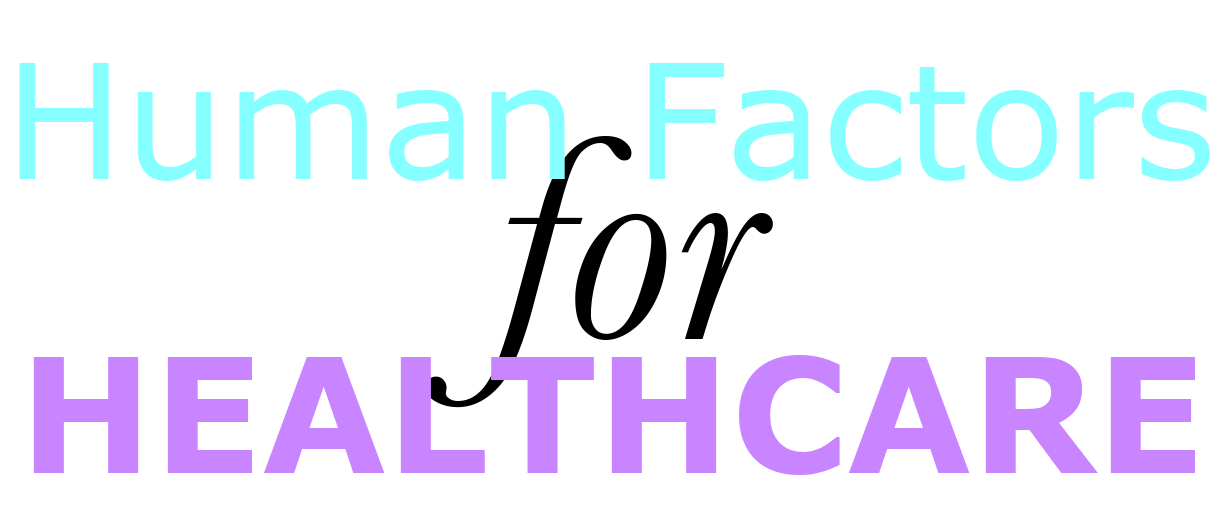Observations
Key Points
- Understand users’ behaviours and workflows
- Identify current issues
- Uncover opportunities to improve user experiences
What are they and Why use them
When observing people interacting with technology, we are able to see how that technology works within the context of their workflow. This allows us to see what people actually do, as opposed to what they say they do. Observers in healthcare settings typically take on the role of outside observation; that is, the observer is not participating in the environment they are observing. It is also important that when observing healthcare settings multiple perspectives may be required as professionals move around patients. Through observations we want to understand what people are doing, how they are doing it, and with whom they are doing it. We also should be observing the moments that bring satisfaction to those whose work we are observing, and their moments of frustration. Identifying these key points help us to understand when technology can be helpful or a hindrance to the users.
When to use them
Observations are an important method used to identify user needs. Depending on the researcher’s familiarity with the environment and the users, observations may be carried out prior to interviews. They provide a good first step to familiarise oneself with the context the user works in, and understanding the users’ needs in context. Observations may also highlight other areas, previously unknown to the researcher, that require further exploration. For example, if you are observing pain medication delivery at the bedside, you may find that the issue of late delivery is not at the bedside, but at the drug station where bedside nurses get access to the medication.
How to use them
The AEIOU framework can help identify what you need to focus on when conducting observations.
| Activities | What are the actions that people are performing? |
| Environments | Where do the activities take place? What resources are available to them? What is the environment like (noise, temperature, lighting)? Where are people standing and other objects in the room positioned? |
| Interactions | How are people interacting (verbally, mannerisms, through technology)? Who are they interacting with? What are the interactions about? |
| Objects and Technology | What objects and technology are present? How are they being used? How are people using this object to perform their tasks (gripping, manipulating)? |
| Users | Who is present? What is their role? How are they involved in the activity? |
Pros
Provide an unbiased glimpse into the practices of users, able to uncover issues that users are unaware of.
Cons
Time consuming, small sample size, huge data set, Hawthorne effect (people alter behaviour in response to being observed). Often hard to interpret data when the work is unfamiliar to the observer.
Points to ponder
- Who are the main users you want to focus on?
- How do the key users perform the given task(s)?
- What aspects of the task are frustrating to the user?
- Does anyone else interact with the task / activities you are investigating?
- Are you able to capture all of the data you require?
- What area of the observed environment is of most interest to you?
- What routines do the participants undertake?
- What are they doing that you didn’t expect them to do?


